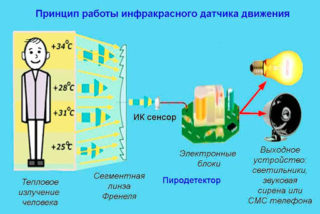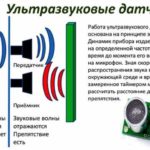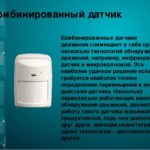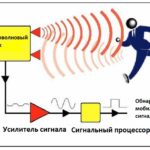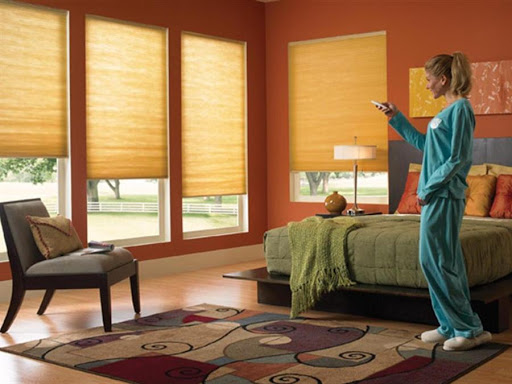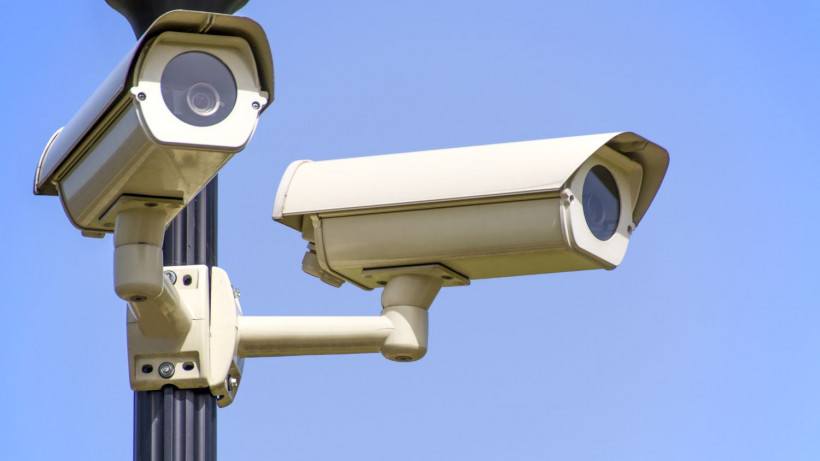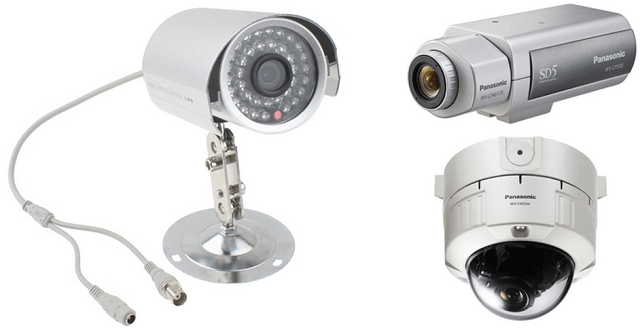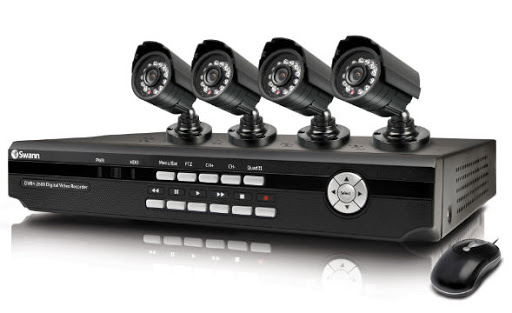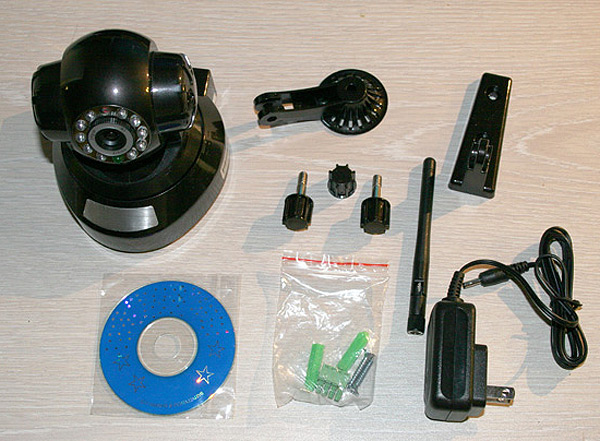The level of comfort in the room and the safety of people depend on correctly selected and correctly installed lamps. One of the elements that simplify movement in the dark is a night light with a motion sensor
- The principle of operation of a night light with DD
- Luminaire classification
- Criteria for choosing a night lamp with a motion sensor
- Choosing a place for installation
- Installation of luminaires and connection
- Advantages and disadvantages of using
- Making a night light with your own hands
- Review of the best models
The principle of operation of a night light with DD
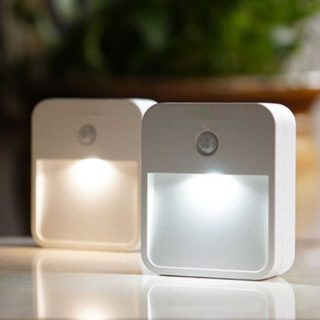
All night lights with motion sensors work on the principle of changing the parameters of the emitted signal when a person or other living creature enters the zone of its action.
Closing the circuit occurs under the influence of such factors:
- temperature change;
- interruption of the beam;
- change in signal characteristics.
In all cases, the relay is triggered, which supplies electricity to the lamp. The continuation of its glow depends on the factory or self-made settings. In most cases, the luminaire goes out 5-10 seconds after the person leaves the signal range.
Luminaire classification
By the type of emitted waves, devices are divided into the following categories:
- Infrared. Switching on occurs when the room temperature rises and falls. Changes are recorded by an IR sensor.
- Microwave. Triggering occurs when the sensor reacts to a change in the frequency of waves in an area that falls within its sector of action.
- Ultrasonic. They work on the principle of echolocation, which is used in the manufacture of radars and sonars.
- Combined. They consist of two or more sensors, which increases the reliability of the devices, but increases their energy consumption.
The devices can operate from a 220 V household network, batteries or solar panels. Products are installed in residential and utility rooms, along garden paths, on the walls of street buildings.
By the method of fastening, the devices are divided into stationary and removable. The first option is rigidly attached to the base and is designed to be permanently in one place. Luminaires of the second type are attached to the surface with Velcro, hooks, brackets, or plugged into a charger that acts as a base. According to the device, lamps are overhead and built-in.
Criteria for choosing a night lamp with a motion sensor
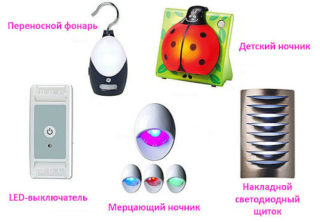
Choosing nightlights equipped with motion sensors for a house and an apartment, you should focus on the following criteria:
- generated illumination;
- power consumption;
- sensitivity;
- type of emitted signal;
- power supply;
- reliability;
- resistance to temperature extremes and dampness;
- cost;
- type of attachment.
In each case, the issue of organizing lighting should be approached comprehensively. On the street, it is advisable to install an autonomous removable night light with a battery-powered motion sensor. It can be removed and stowed away if necessary. For a room, it is better to choose stationary lamps plugged into 220 V sockets.
Choosing a place for installation
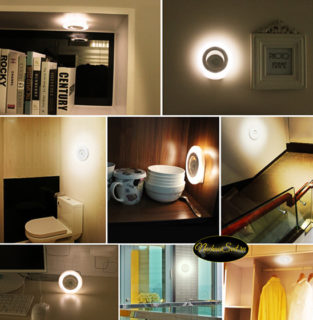
There are no rules regarding the installation of night lights with sensors. Products can be mounted on such objects:
- lamp post;
- entrance gate;
- porch visor;
- inner and outer wall;
- ceiling;
- alcove;
- cabinet and upholstered furniture;
- Appliances;
- suspended and tension structures.
When deciding where it is better to install a night light, you should take into account the opinion of all residents, not forgetting about children who are afraid of the dark.
Installation of luminaires and connection
It is not necessary to invite a specialist to install the lamps, since this procedure is simple and does not take much time.
- Removing the product from the packaging, checking the completeness.
- Study of instructions for installation and use.
- Fastening the base, if provided by the design.
- Installing a night light, connecting to the network.
- Configuring device parameters.
During installation, you should pay attention so that the night light does not create obstacles for free movement around the house and cannot be accidentally damaged.
Advantages and disadvantages of using
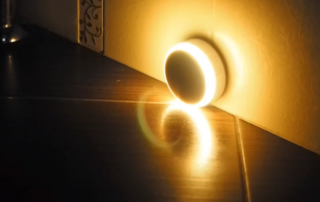
A night light with a sensor has its advantages and disadvantages.
Advantages of the device:
- energy saving;
- no need to look for a switch in complete darkness;
- additional security at night;
- comfort of movement in the dark;
- a wide selection of different models;
- a large number of settings;
- ease of installation.
High-quality fixtures have only one drawback - the price. It cannot be called affordable, but the level of comfort is worth it.
Making a night light with your own hands
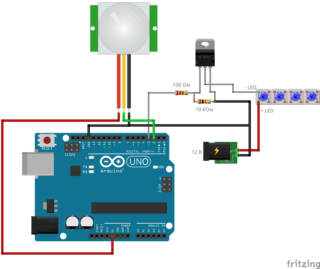
With a soldering iron and a screwdriver at your disposal, you can easily make a night light with your own hands.
Required:
- remote control and receiver from an old TV, video player or music center;
- 220 V lamp with resistor or 12 V LED;
- a power supply unit from a mobile phone or a 220V two-wire cable as a power source;
- a piece of matte plastic to diffuse the light.
You need to connect the receiver to the power supply, lamp and cover the device with a diffuser. After installing the batteries in the remote control, the automatic night light is ready for use.
Review of the best models
Despite the abundance of products of this type, there are a number of products that occupy leading positions among their analogues.
- Xiaomi NL (China);
- Svetozar SV57991 (Russia);
- Camelion XYD480 (China);
- TDM Electric;
- Eurolight 305.
Purchases should be made from trusted and trusted dealers. You should always ask the seller for a quality certificate for the product.

